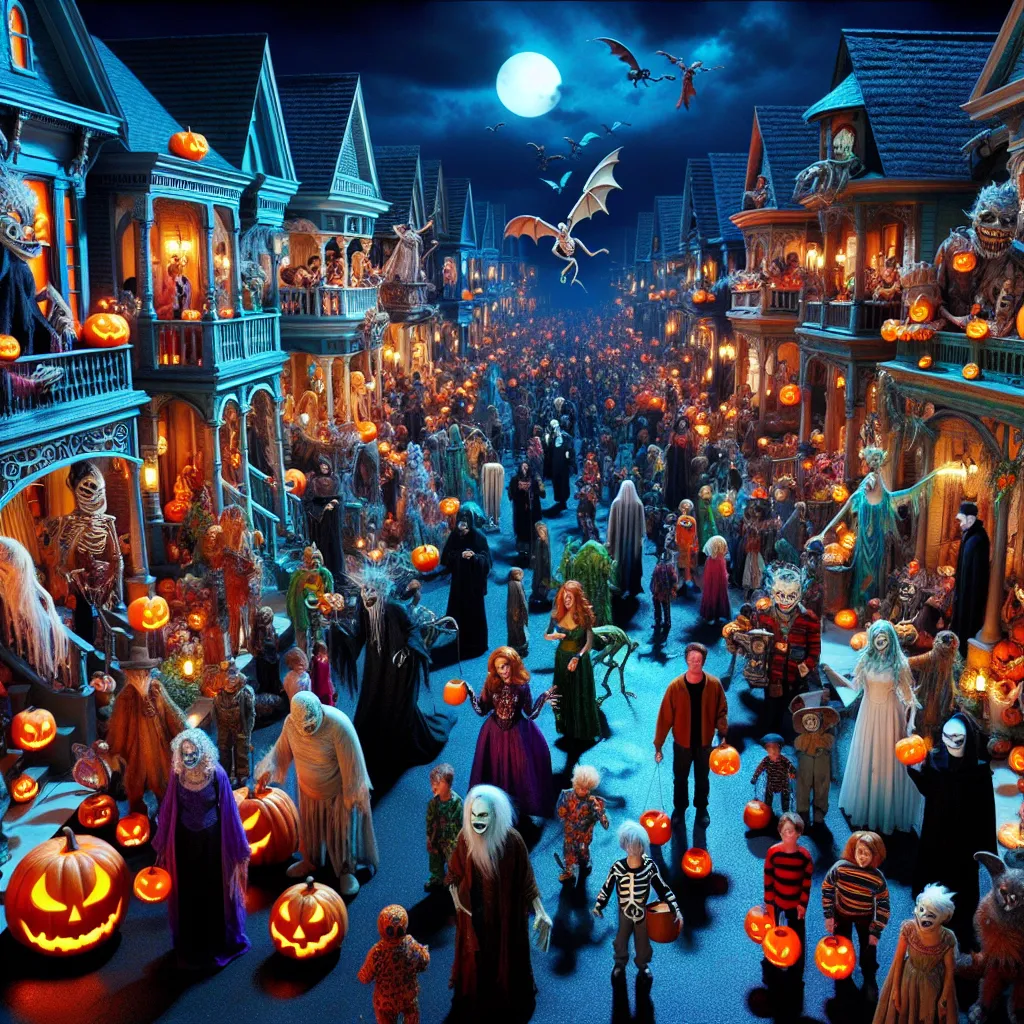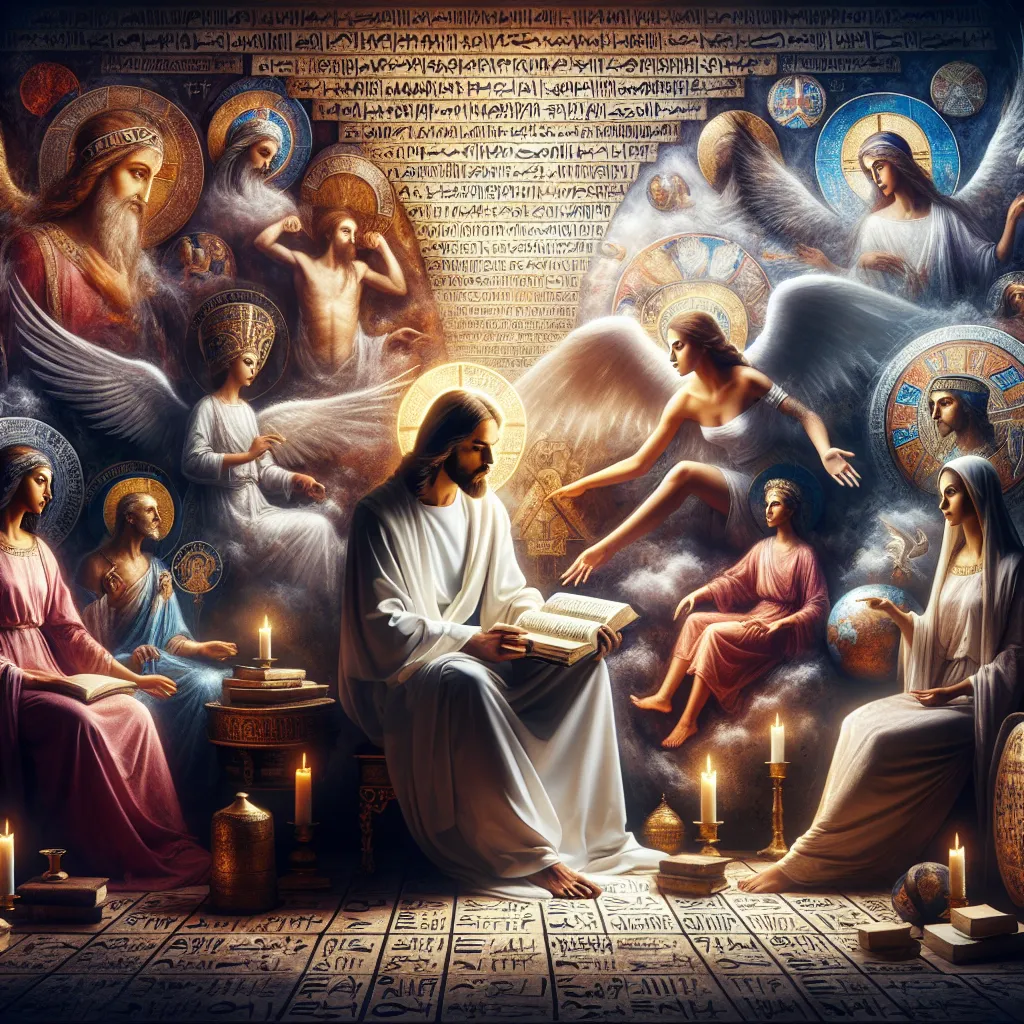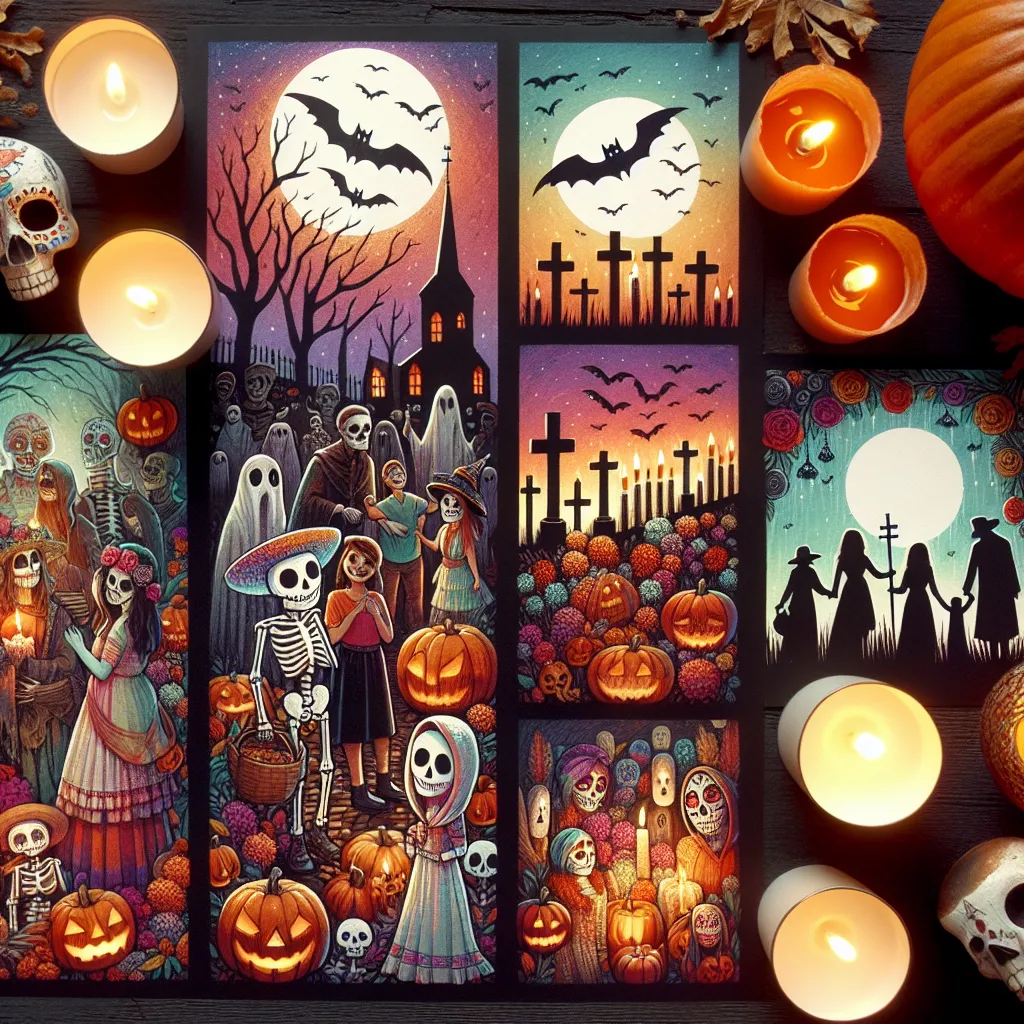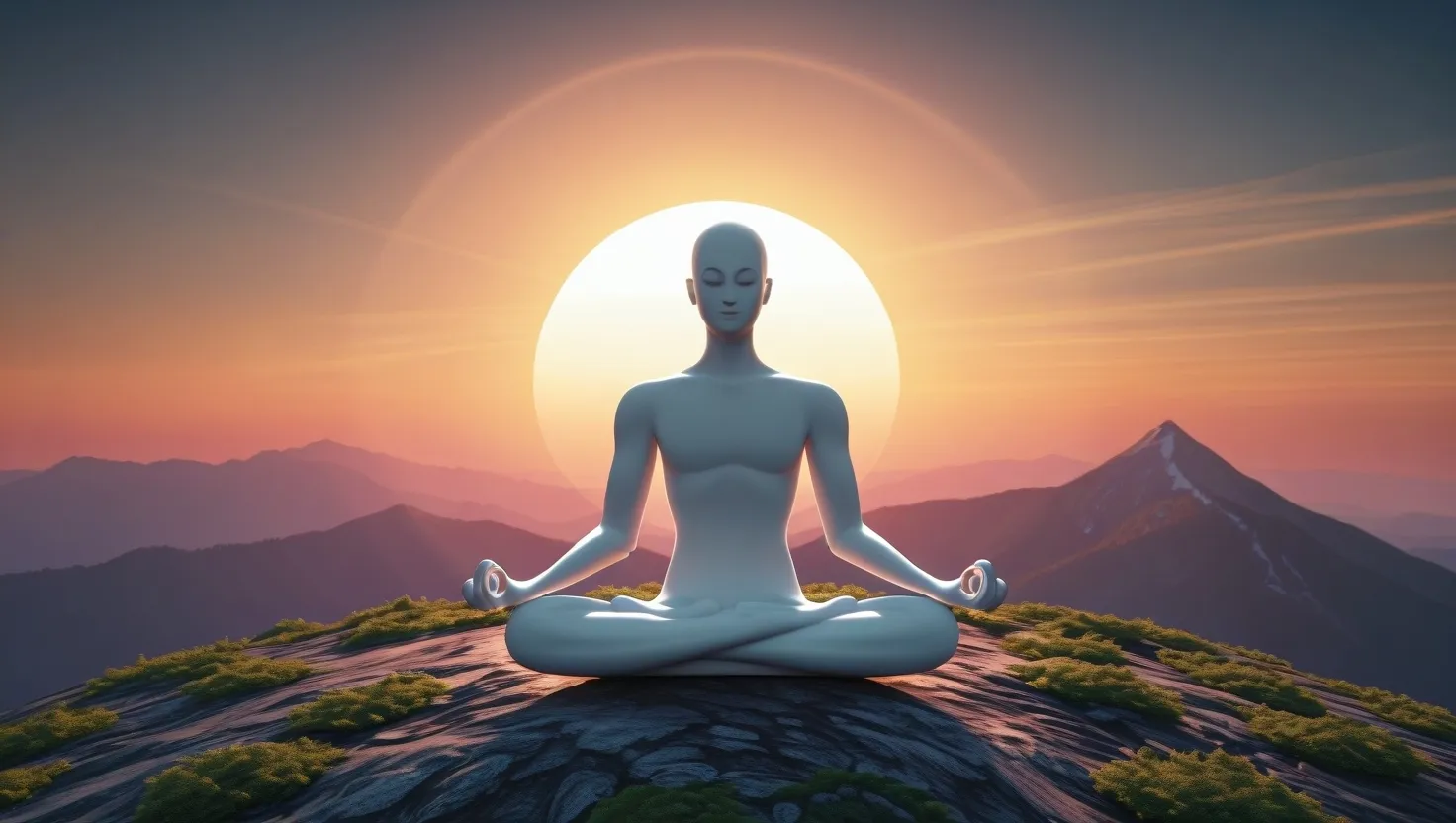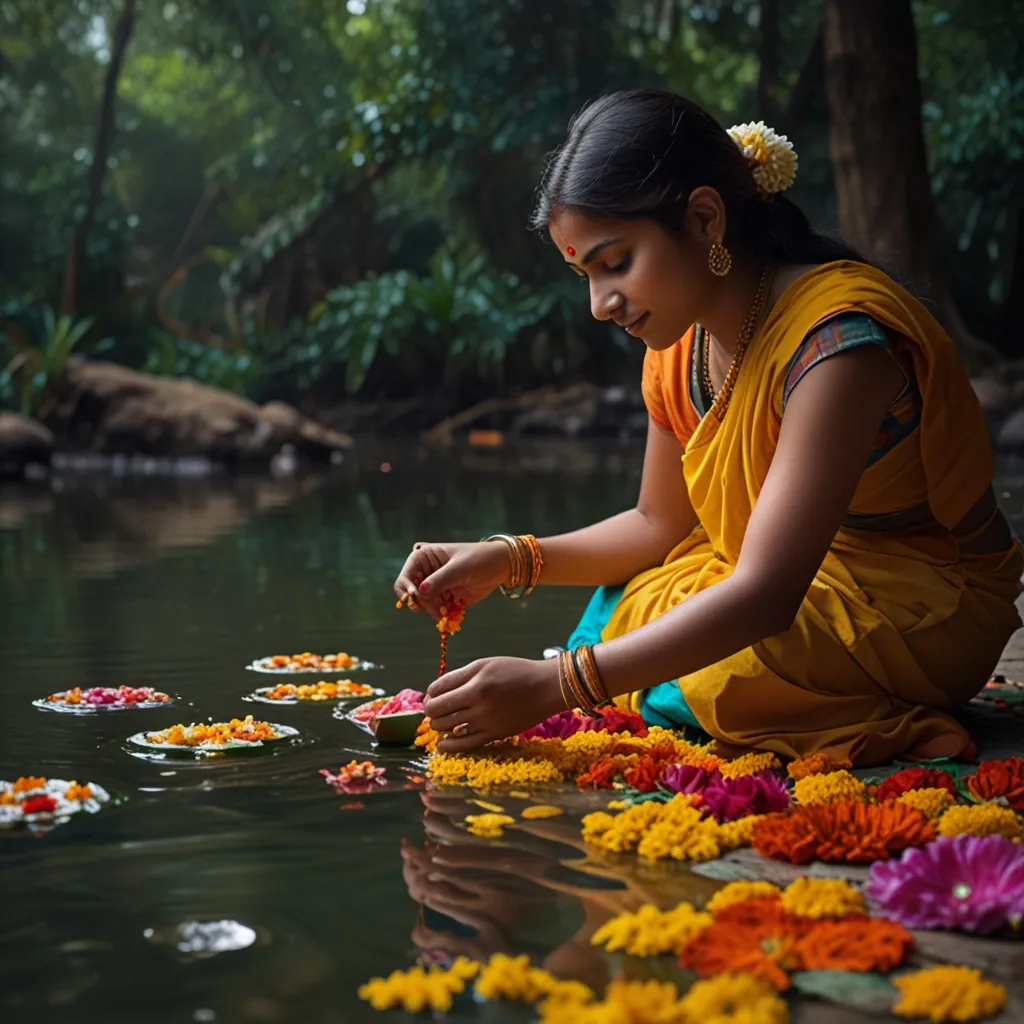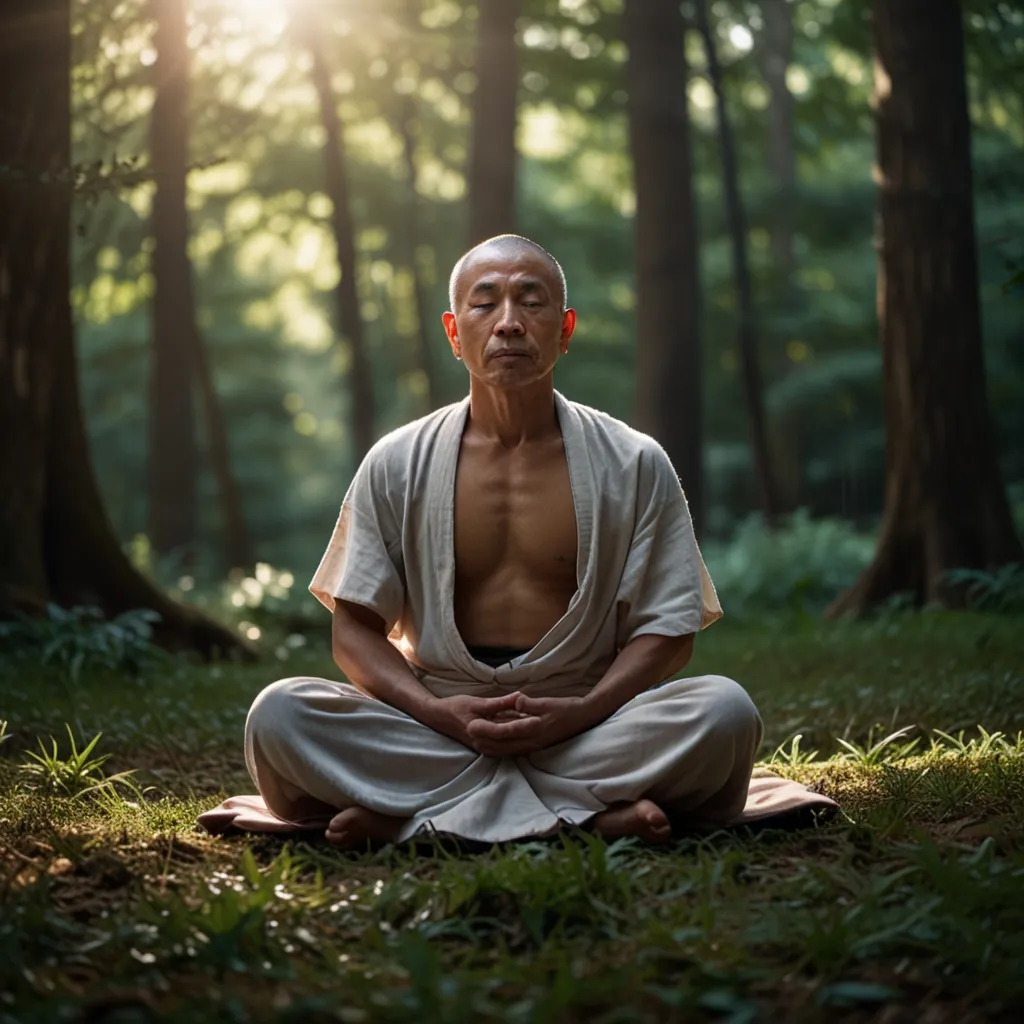Ah, Halloween is finally here—the universally recognized best holiday of the year. Pumpkin-carved jack-o’-lanterns adorn houses, people don their wildest costumes, and kids and adults swarm the streets for trick-or-treating. It’s also another excuse for many to indulge in festivities a bit too enthusiastically. But where did all these traditions originate? Curious? Well, let’s dive in.
Most scholars agree that Halloween’s roots trace back to the ancient Celtic festival of Samhain, celebrated in the Ireland region before Christianity took hold. This festival marked the end of the harvest season and started on the evening of October 31st, running into November 1st. Much like our modern Halloween, Samhain was believed to be a time when the boundary between the living and the dead blurred, allowing spirits to roam the earth.
Bonfires and various rituals were part of the Samhain celebration, although specifics are hazy since much of what we know is filtered through the lens of subsequent Christian influence. Speaking of which, Halloween as we know it today owes a lot to Christian traditions, like All Saints Day and All Souls Day. These holidays, celebrated around the same time, honored saints and the departed, much like the Mexican Día de los Muertos.
Historian Nicholas Rogers points out that while Samhain might be the origin, many of the rituals we associate with Halloween today—like costumes and trick-or-treating—developed alongside medieval Christian holy days. For instance, trick-or-treating could be tied to “souling,” where people went door-to-door, asking for prayers for the dead in exchange for treats.
Now, when we think of Halloween, it’s hard not to think of iconic monsters like Dracula, Frankenstein’s creature, and werewolves. Each of these figures brings their own rich, terrifying history to the holiday.
Mary Shelley’s Frankenstein, written in the 19th century, is a quintessential gothic novel. The tale of Dr. Frankenstein’s monstrous creation is more than a horror story; it’s a critique of the relentless pursuit of scientific progress at the cost of ethics and humanity. While the movies focus more on visual horror, the book delves into the monster’s tragic existence and the moral failings of its creator.
Werewolves, on the other hand, are steeped in folklore, often connected to historical fears and possibly serial killers or natural predators like wolves. These shape-shifting humans have been a staple in horror fiction for ages, embodying our darkest fears.
However, perhaps no creature is as linked to Halloween as the vampire. Whether it’s the 19th-century tales of John William Polidori or Bram Stoker’s Dracula, the vampire archetype is a deeply ingrained horror figure. Stoker’s Dracula, based partly on the brutal 15th-century ruler Vlad the Impaler, popularized many of the traits we associate with vampires today: blood-sucking, fear of garlic, and the ability to transform into a bat.
All these elements—ancient festivals, medieval Christian practices, and classic horror creatures—meld together to form the Halloween we celebrate today. It’s a fascinating mix of the very old and the very new, a holiday that’s both a nod to history and a playground for imaginative fun.
So, as you head out for Halloween festivities, maybe spare a moment to ponder its rich past. Dress up, eat candy, watch horror films, but also let the holiday remind you of life’s fleeting nature. Happy Halloween, everyone!
